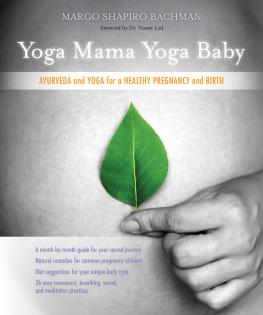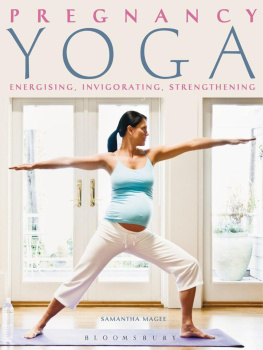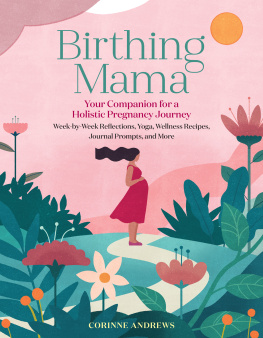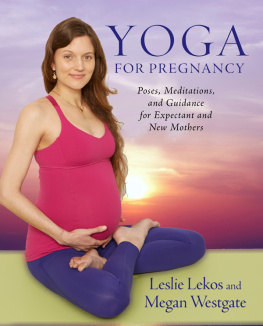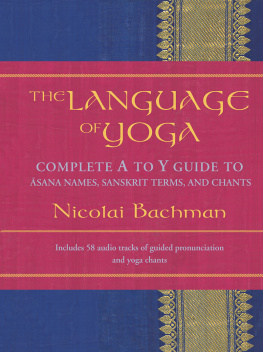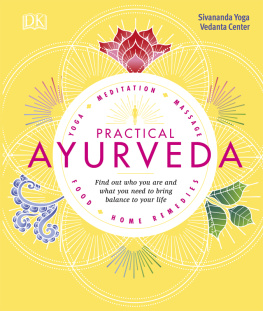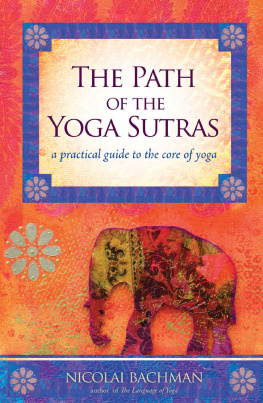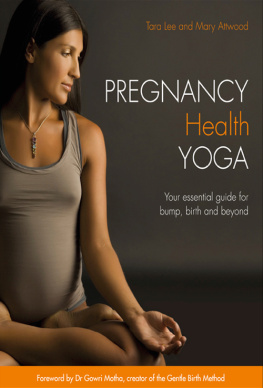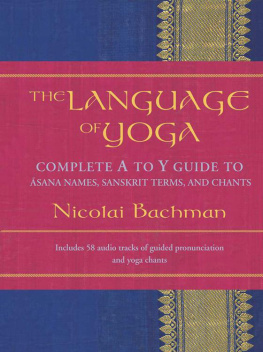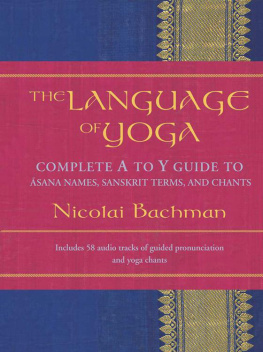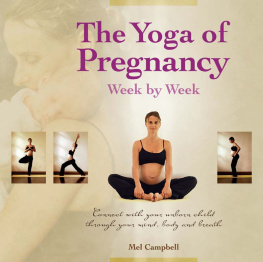
This book is dedicated to all women.
May your pregnancies be joyful, peaceful, and radiantly healthy.
Sounds True, Inc.
Boulder, CO 80306
2013 Margo Shapiro Bachman
Illustrations Richard Wehrman
SOUNDS TRUE is a trademark of Sounds True, Inc.
All rights reserved. No part of this book may be used or reproduced in any manner without written permission from the author and publisher.
This work is solely for personal growth and education. It should not be treated as a substitute for professional assistance or medical advice. Any attempt to diagnose or treat an illness should be done under the direction of a health-care professional. The application of protocols and information in this book is the choice of each reader, who assumes full responsibility for his or her understandings, interpretations, and results. Should the reader have any questions concerning the appropriateness of any procedure or preparation mentioned, the author and publisher strongly suggest consulting a professional healthcare advisor. The author and publisher assume no responsibility for the actions or choices of any reader.
Cover and book design by Rachael Murray
Cover photo vlavetal, shutterstock.com
Printed in the United States of America
The lists . Reprinted with permission.
Library of Congress Cataloging-in-Publication Data
Bachman, Margo Shapiro.
Yoga mama, yoga baby: ayurveda and yoga for a healthy pregnancy and birth / Margo Shapiro Bachman, MA.
pages cm
Includes bibliographical references and index.
ISBN 978-1-60407-985-2
1. Exercise for pregnant women. 2. Active childbirth. 3. Hatha yoga. 4. Medicine, Ayurvedic. I. Title.
RG558.7.B33 2013
618.244--dc23
2013015344
Ebook ISBN 978-1-62203-068-2
C ONTENTS
E very woman has an inner awareness of what it is like to be a mother. In the true sense, every woman is a divine mother, whether she has a child or not; it does not matter. The essence of Mother is present in every woman as sharing, caring, loving, and forgiving. In Yoga Mama, Yoga Baby Margo Bachman beautifully elaborates the basic principles of Ayurvedathe science of lifeand combines it with the complete practice of yoga. Using the fundamental principles of these two disciplines, the prospective mother is led through exercises, practices, and inner exploration to awaken inner bliss, joy, and fulfillment as she advances through her pregnancy.
Ayurveda and yoga are concurrent and inherent. They are sister disciplines that bring health and happiness, helping one to achieve the four pillars of life: dharma (duty), artha (wealth), kama (desire), and moksha (enlightenment).
Both Ayurveda and yoga have eight limbs, or branches, of disciplines. Ayurveda has eight branches of internal medicine: medicine; surgery; ear, nose, and throat; gynecology; obstetrics; pediatrics; geriatrics; and psychospiritual healing. Yogas eight branches, known as ashtanga yoga, are yama (social ethics), niyama (personal self-care), asana (physical postures), pranayama (breath regulation), pratyahara (withdrawal of the senses), dharana (concentration), dhyana (meditation), and samadhi (complete absorption into universal consciousness). These eight limbs are skillfully applied in this book.
The View of Ayurveda
Ayurveda is an ancient Vedic system of healing based upon six systems of philosophy, out of which Ayurveda has completely accepted Sankhyas philosophy. According to this system, purushapure, choiceless, passive awarenessand prakrutiprimordial mattercombine to make up the first evolution of creation into supreme intelligence, which is called mahat. Mahat has no identity or center. It is cosmic intelligence that permeates all of creation. Mahat further manifests as ahamkar, the awareness of ones own existence, the sense of I am, of having an identity or a center.
Whenever you look at a bowl, whether it is gold, silver, or wood, you might see just the substance of the bowlthe gold, silver, or wood. But in Ayurveda, we look at the form. Form is spiritual and substance is material. We dont look at the material aspect of the substance but deeply penetrate into the spiritual existence of it. Ayurveda embraces every aspect of experienced realitythis feeling of I am is expressed in three qualities that encompass all of creation: the observer, the observation, and the thing to be observed. This whole universe is expressed from the formless into form, from the nameless into name. We have a name for everything: the cloud, the mountain, the bird, the tree, the flower. Everything has a unique form and everything has a name. According to this philosophy of creation, the journey of consciousness into matter happens through namarupa, through the name and the form.
This book teaches these ancient philosophies with clinical and practical levels of application. Margo gives us Ayurveda, the science of life, with its profound knowledge of the physical body. She presents the important facts about the prakruti, doshas, and elements. Prakruti is our unique genetic code, which is the permutation and combination of both a qualitative and quantitative mixture of the three doshas: vata, pitta, kapha.
Our prakruti is our individual constitution and it expresses as a combination of the three doshasa person can be mono-doshic, dual-doshic, or triple-doshic. This is the qualitative expression. The subtle body expresses the vital essence of the doshas as prana, tejas, and ojas. These are the pure essences of the doshas: prana is the pure essence of vata dosha, tejas is of pitta dosha, and ojas is of kapha dosha. They function at a deep, cellular level. These govern the functional activity of the body, mind, and consciousness.
However, the structural aspects of the body, mind, and consciousness are governed by the five elements: ether, air, fire, water, and earth. They are present in the universe (macrocosm) as well as in the structure in every cell, as the functional units of the human body (microcosm). These spaces include the cranial space, thoracic space, and abdominal and pelvic space. Pelvic space is related to air, supra pelvic space to water, abdominal spaceincluding the stomach and its digestive enzymesto fire, thoracic space to air, and space in the brain is related to ether. Each of the three doshas results from a unique permutation and combination of the five elements. All five elements are present in each dosha, but vata is primarily a combination of ether and air, pitta is of fire and water, and kapha is made up of water and earth. In her book, Margo Bachman has expertly expressed this picture of the elements and the doshas, as well as prana, tejas, ojas, and sattva, rajas, tamas.
Well-Being through Yoga
In this book, the focal point of yoga practice is focused upon the individuals unique constitution with this understanding of the three Ayurvedic doshas. Ultimately, through yogic discipline, we have to bring these wandering doshas back to their homes of vata in the pelvic cavity, pitta in the abdominal cavity, and kapha in the thoracic cavity. When we balance the doshas in situ, then everything from the conception of the child to pre- and post-natal care becomes easy.
The complete practice of yoga would require all eight limbs of this discipline. But to the pregnant mother, Margo teaches aspects of yoga that are safe for mother and baby, including practical directions for a complete yoga practice during the prenatal period that encompass yoga postures, breathing techniques, and meditation. She has chosen yoga practices that bring coordination, synchronization, tone, and power of the musclesboth in prenatal yoga postures and breathing techniques called
Next page
